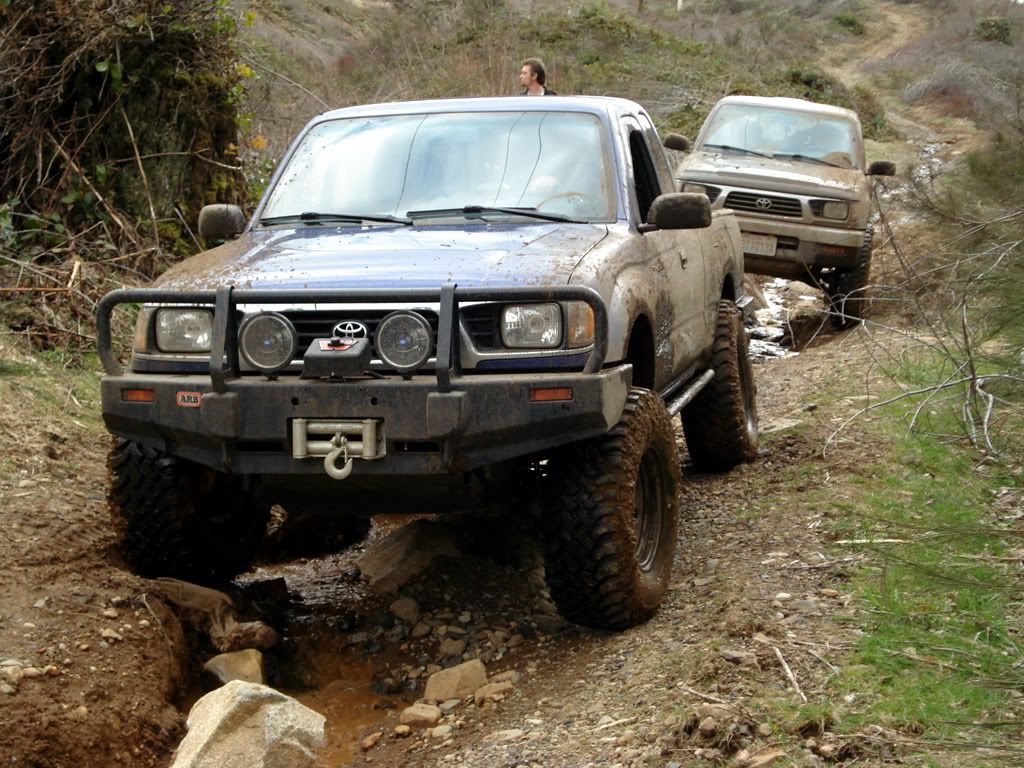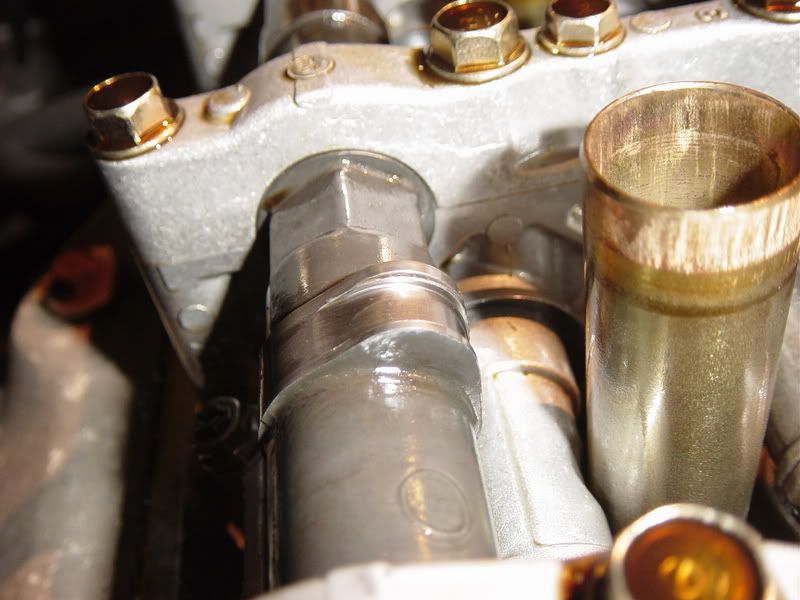Originally Posted By: elwaylite
Same accusation could be made of you. Without fact, all we get is the 31 years comment.
I'd like an answer from someone who knows (Ive already asked Terry to look).
1) Is this a wear step?
2) If so, is it acceptable for 184k or not?
I do not know, so I'd like a good answer. Goes to the higher Iron/Cam wear thing again....
Good questions. Technically, the two camshafts will exhibit different wear characteristics. The KA24 IV-A test engine's camshaft is contacting a 'friction pad' (as opposed to a roller) on the rocker arm. This is a great way to test cam wear because the 'pad' only contacts just over 90% of the cam lobe from side to side allowing a clearly visible "control" strip of reference between wear and baseline.
The Toyota engine uses a direct acting bucket lifter, where the entire cam lobe is in contact with the top of the bucket. Therefore, the entire lobe will wear 'evenly', minus the slight bias to one side that has an effect of rotating the bucket, so as to further even wear on it.
Despite the patterns, I think it could still be called step wear. What we're seeing in the photo is in fact a lateral step, (as opposed to a circumfrential one) thats been cut and polished into the cam lobe. The edges of the lobe in this case offers another perspective of the wear pattern, as you can see dents in the "egg" shape, when it should be completely smooth, even and sinusoidal. From a mechanic's perspective, that is significant damage as the damage will also introduce harmonics into the valvespring due to 'step wear' in the peak of the profile.





